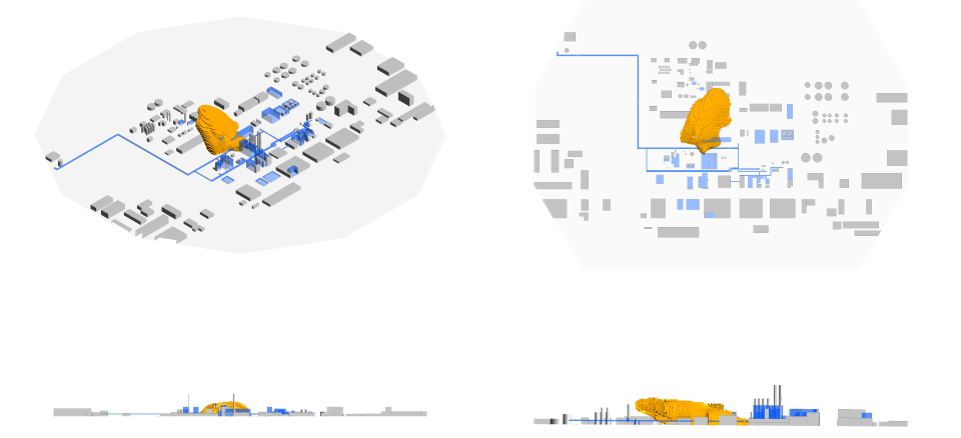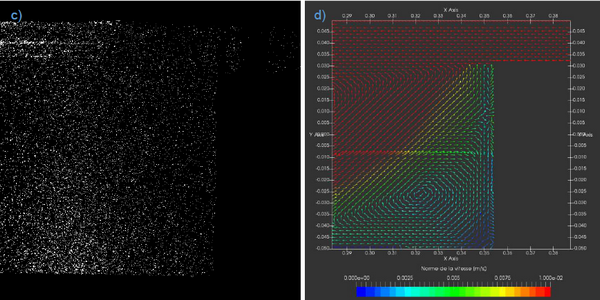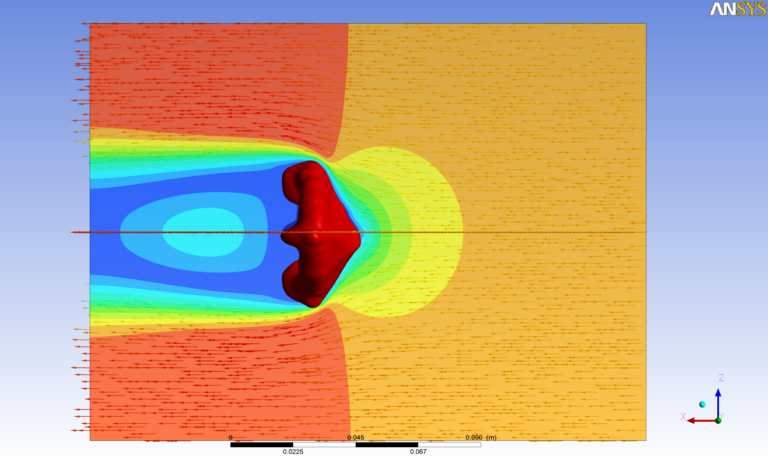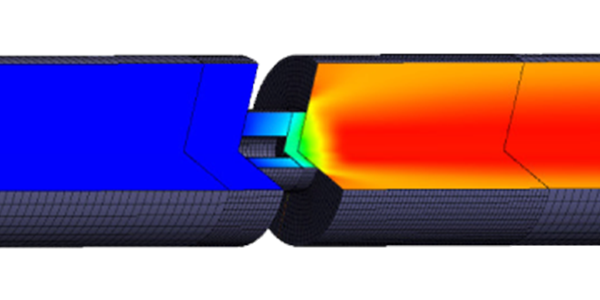Context
To anticipate and prevent technological and industrial risks, it is necessary to assess the consequences of the atmospheric dispersion of pollutants according to the characteristics of the leak, atmospheric conditions and site topology, and to contain any leak as quickly as possible.
However, on the scale of an industrial site, the specifications are sometimes complex:
- By the scale of the area to be modeled, from a few hundred meters to several kilometers,
- By the multiplicity of substances that can be released, at several points on the site,
- By the detection time scales, which, for the protection of neighboring areas, are generally of the order of a minute,
- By the need to double the network, i.e. each cloud must be detected by at least 2 sensors,
- By the cost of purchasing and maintaining sensors, as well as the increased risk of failure when the number of sensors is higher.





